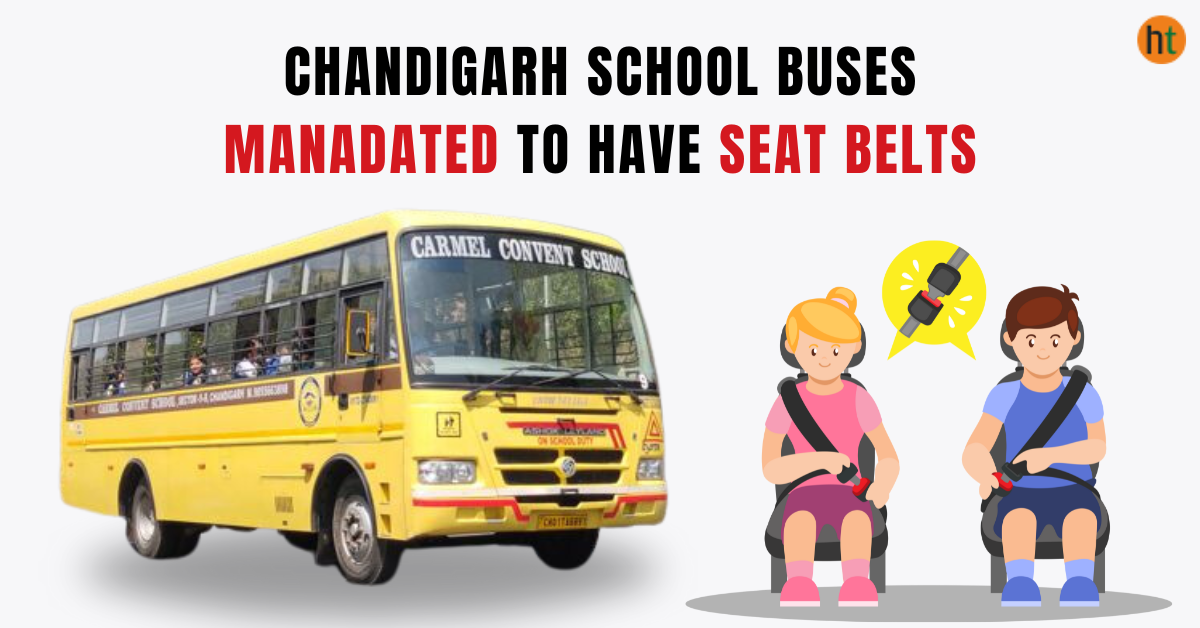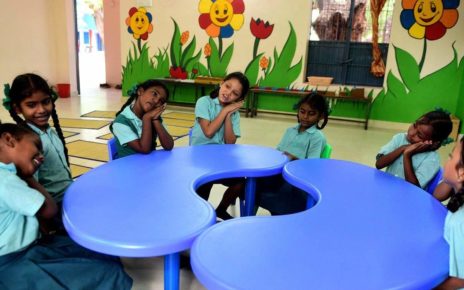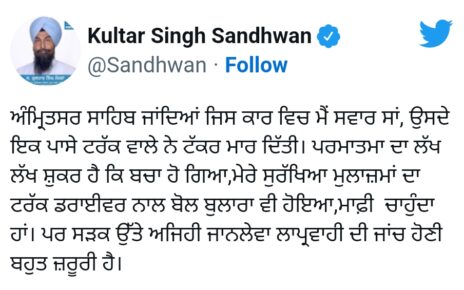Following directives from the Punjab and Haryana High Court and a meeting with the UT education department and state transport authority, Chandigarh traffic police are implementing a seat belt mandate on all municipal school buses. This action stresses students’ safety and seeks to increase adherence to the Safe Transportation Policy for Students (STRAPS).
Following a Public Interest Litigation (PIL) that was launched in 2019, there is action. The Chandigarh Administration was ordered by the High Court in January 2020 to make sure that seat belts were installed on every school transport. Superintendent of Police Deputy (DSP. Road Safety) Jaswinder Singh emphasized this point during a recent meeting.
DSP Singh highlighted the need for immediate action. “While most buses don’t come with seatbelts. After-sale modifications can be done,” he said. He also urged manufacturers to start including seat belts as standard equipment. However, Singh acknowledged a complication: seat belts alone might not be sufficient for children below 12 years old. “For them, booster seats are also needed, and this is something buses and their manufacturers must comply with,” he explained. UT education department officials confirmed that authorities can issue challans for non-compliance.
The responsibility to comply with these regulations falls on school bus contractors, according to HS Mamik, President of the Independent Schools Association. “Most schools hire contractors for buses, and they must comply with STRAPS and the High Court Orders,” he stated. Mamik expressed concerns that educationists cannot be expected to handle transportation expertise.
He further criticized the lack of action against overloaded autos, a more dangerous form of school transportation, citing a potential nexus between auto drivers and the police. As per the High Court orders, autos can only seat four children, but this rule is often overlooked.
The meeting also addressed the growing use of e-rickshaws for school transportation. STRAPS outlines regulations for auto-rickshaws and maxi cabs, but e-rickshaws, introduced after the policy’s formulation in 2015, lack specific regulations. DSP Singh stated that the meeting proposed applying the same standard as auto-rickshaws to e-rickshaws, limiting the number of students per vehicle to four. Additionally, both sides of e-rickshaws. Similar to auto-rickshaws, must be fitted with horizontal grills/bars/gates for child safety.
DSP Singh emphasized the importance of schools compiling and list of all students and their preferred mode of transport with the traffic police. Special sensitization programs are planned for e-rickshaw drivers and parents opting for this service. Additionally, authorities will advocate extending STRAPS regulations to coaching centers, which currently have challans issued under the Motor Vehicles Act.
The UT education department’s pilot model implemented in Sector 26 to address traffic congestion near schools will continue due to its positive impact on traffic management, confirmed UT Director of School Education Harsuhinderpal Singh Brar. A request from St. Kabir Public School to allow students to board buses outside the school is unlikely to be approved




